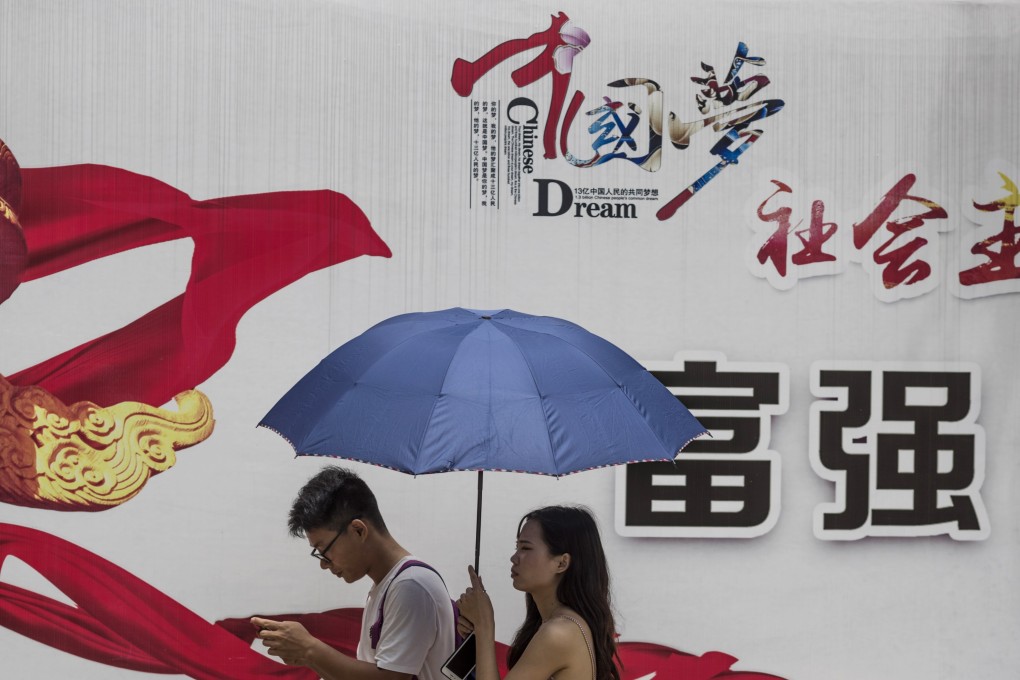Advertisement
Macroscope | Tech and tuition crackdowns: how to understand China’s growing pains as it fine-tunes its economy
- The regulatory changes are meant to balance between short- and long-term growth objectives as Beijing seeks better social outcomes
- Given China’s enormous economic growth potential, it should remain an integral part of any investor’s portfolio in the long run, both in equities and fixed income
Reading Time:3 minutes
Why you can trust SCMP
1

The recent sharp correction in Chinese equities, on the back of tighter internet regulations and private education reforms, has left investors worried about China’s economic and market prospects.
This recent market volatility signals inevitable pains in a drastic policy transition necessary to achieve China’s long-term objectives. To sustain economic growth, policymakers need to cultivate competitiveness in strategically important sectors such as the technology and new energy sectors. While these actions should serve as a tailwind for some sectors, they disrupt others.
Given China’s enormous economic growth potential, it should remain an integral part of any investor’s portfolio in the long run, both in equities and fixed income. However, navigating the short-term volatility in this policy transition implies great challenges for investors.
Advertisement
The same challenges are felt by policymakers as well. The recent Politburo meeting chaired by President Xi Jinping provided some clarity on the challenges that officials face in balancing the short-term economic growth trajectory with the longer-run policy objectives.
Admittedly, the abrupt changes in regulations relating to the technology and education sectors could continue to dampen global investor sentiment towards Chinese assets. Regulatory reforms are still on the cards for some “new economy” industries where the authorities see the need to achieve better social outcomes, such as in youth protection and social benefit coverage for workers, or in improving the competitive environment by allowing smaller players to compete with industry leaders.
Advertisement
Advertisement
Select Voice
Choose your listening speed
Get through articles 2x faster
1.25x
250 WPM
Slow
Average
Fast
1.25x

